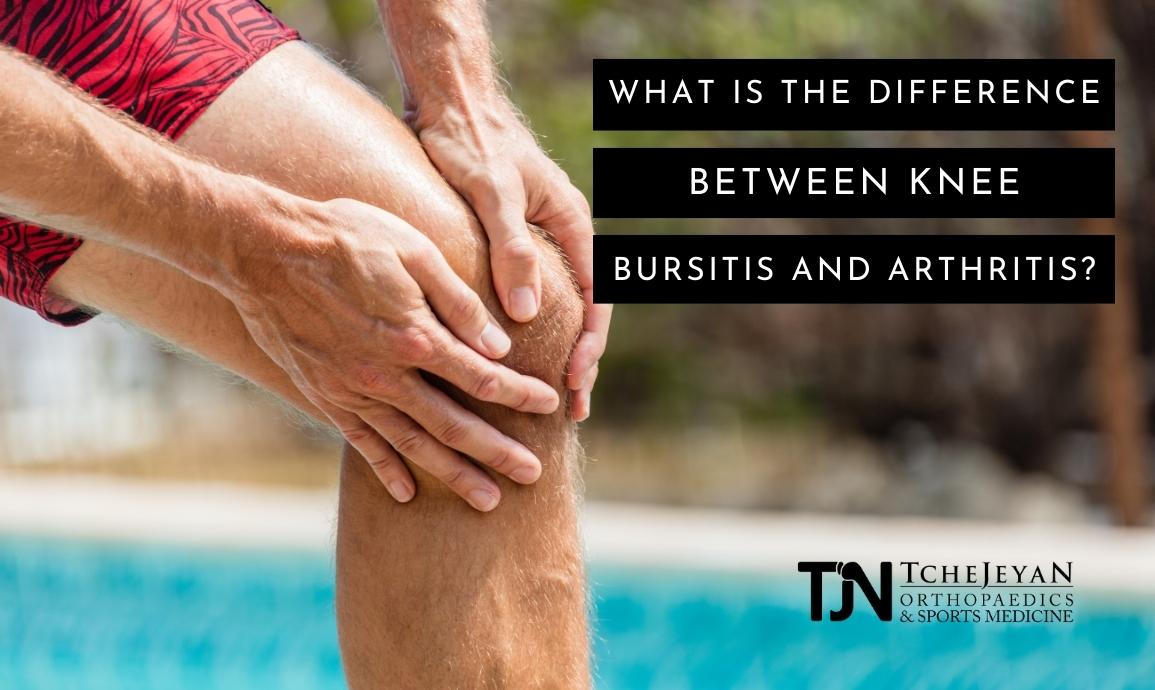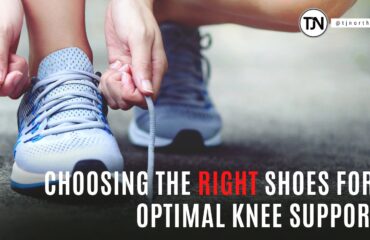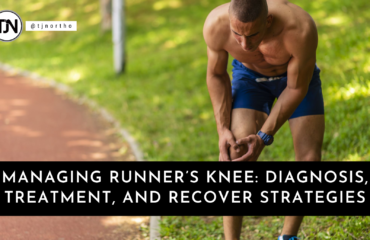When you are suffering from serious knee pain, you can sometimes feel desperate and panicky, wondering if you have some terrible injury or whether it is something that will “just go away” if you give it some time. Unfortunately, one of the difficulties in trying to resolve this question is that many knee conditions may exhibit similar symptoms, but have very different causes.
Two conditions that exhibit almost identical symptoms are knee bursitis and knee arthritis. Both are fairly common conditions, but because they require different treatments and have different prognoses, it is important to consult a doctor for an accurate diagnosis.
What Is the Difference Between Knee Bursitis and Arthritis?
Both bursitis and arthritis can cause stiffness, pain, swelling and tenderness of the knee. But in reality, bursitis and arthritis affect different parts of the knee.
Bursitis of the knee occurs when the bursae around the joint become inflamed. Bursae are small sacs filled with fluid that act as cushions to reduce the friction between tendons, bones, muscles and other tissues within the knee, and in other joints, as well. Bursitis is usually caused by overuse, such as by repetitive movement, by injury, or sometimes by an infection.
In contrast, arthritis affects other parts of the joint. Arthritis is not a disease, but a condition of inflammation of the joints that causes pain, stiffness, and swelling. There are over 100 types of arthritis, and they do not all affect the same parts of the joint. One of the most common types of arthritis, osteoarthritis, is the breakdown of the cartilage which covers the ends of the bones, reducing friction when the joint moves. Another common type is rheumatoid arthritis, an autoimmune condition which spurs the immune system to destroy tissues in the joints. Other types of arthritis also affect other tissues in the knee.
Another aspect of arthritis that distinguishes it from bursitis is that it is usually degenerative, which means its onset is gradual, and often can only be treated, rather than remedied. Arthritis can be caused by many things: simple wear and tear on the joints as a result of age and overuse, prior injuries, obesity (which stresses the joints because they have to support the frame), genetics, muscle weakness, disease, autoimmune disorders and so on.
Diagnosing Bursitis and Arthritis
Bursitis and arthritis are typically diagnosed with a physical examination, in which your doctor will examine your knee, record your symptoms, test your mobility, and ask about the onset of your joint pain. Because arthritis usually comes on gradually, how and when you notice the pain in your knee can help your doctor distinguish between bursitis and arthritis. The doctor will ask about your medical history to see if you have had any conditions or diseases that could indicate a cause for arthritis, as well as ask about your recent activities or a change in activities that might explain the inflammation.
Beyond this, your care provider may also have you undergo an MRI, X-ray or other imaging procedure to ensure there isn’t another reason for your pain, such as a fracture, or tendon or ligament tear, or, if you do have a degenerative condition, to determine the extent of the damage or deterioration that is already present.
Treatment and Prognosis of Bursitis and Arthritis
If your doctor concludes that you have bursitis, the good news is that it can be fully resolved. The primary remedy is to rest your inflamed knee and, at least temporarily, discontinue the activity that brought on the inflammation. Your doctor may also recommend anti-inflammatory pain-killers, and recommend some rehabilitation exercises to maintain your health and range of motion without further exacerbating the bursitis. With adequate rest, most cases of bursitis subside in a few weeks.
With arthritis, there is no “cure,” but there is treatment. The treatment is focused on managing or reducing pain, preventing further degeneration to the extent possible by eliminating any factors that caused the condition, and strengthening the affected joint. The goal is to maintain your baseline health and enhance or maintain your quality of life. Occupational and physical therapy, exercise, medication, joint support, and other therapies are all possible treatments that can benefit you.
If you are dealing with knee pain, you don’t have to suffer. Contact Tchejeyan Orthopaedics and Sports Medicine today and find out the best way to manage your joint pain today.



